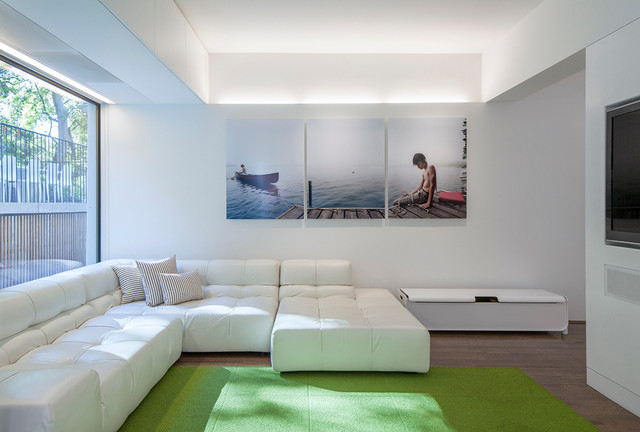
Role Of Lightning In Interior Design
Lighting is the unsung hero of interior design; without it, a room is nothing but a dark, empty space. But with the right illumination, a room can come alive, transformed into a warm, inviting, and visually stunning environment.
We're going to take a closer look at the role of lighting in interior design and how it can be used to create a beautiful, functional space. So, whether you're a designer, homeowner, or just someone who loves a beautifully lit room, come along with us and discover how lighting can make all the difference.
Importance Of Lightning In Your Interior Space
Interior design is a complex process that involves many different elements, one of which is lighting. The right lighting can make a room feel larger and more inviting, while the wrong lighting can make a space feel cramped and uninviting.
To understand the role of lighting in interior design, it's important to understand the different types of lighting and how they can be used.
1. Ambient lighting, also known as general lighting, is the primary source of light in a room. It provides overall illumination and sets the general tone of a space. This type of lighting can be achieved through a combination of ceiling lights, wall sconces, and lamps. It's important to ensure that ambient lighting is bright enough to light up the entire room but not so bright that it's harsh on the eyes.

2. Task lighting is used to illuminate specific areas of a room for specific activities. This can include reading lamps, under-cabinet lighting in the kitchen, and pendant lights over a work surface. Task lighting should be bright enough to allow you to see clearly but not so bright that it creates glare or shadows.

3. Accent lighting is used to draw attention to specific features or artworks in a room. This can include recessed lights, track lights, or picture lights. Accent lighting should be bright enough to highlight the feature or artwork but not so bright that it detracts from the overall ambiance of the room.

Lighting can also be used to create different effects, such as layering and dimming. Layering lighting involves using different types of lights at different levels to create a more dynamic and interesting space.
Dimming allows the user to adjust the level of light depending on the task or mood and can add a sense of drama and intimacy to a room.
Conclusion
Lighting plays a crucial role in interior design and can greatly enhance the overall aesthetic and functionality of a space. It's important to use a combination of different types of lighting to create the right ambiance and to be able to adjust the light according to the task or mood. With the right lighting, you can create a space that's warm, inviting, and visually stunning.





